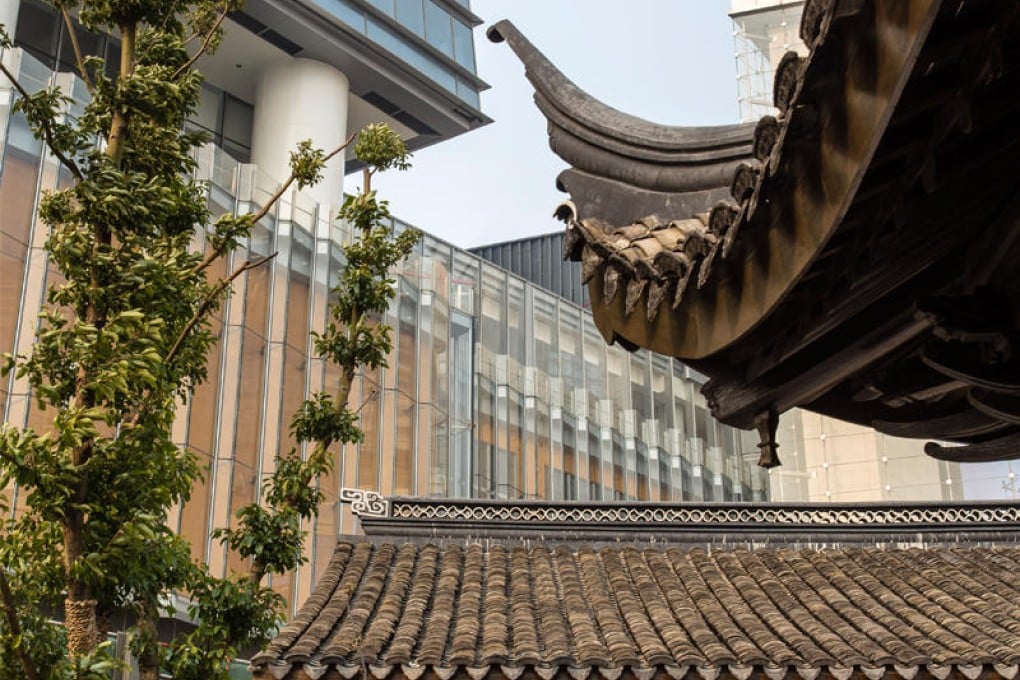Ming dynasty buildings preserved as part of Wuxi shopping mall complex

Ancient Chinese cities had two things most urban communities could use today: protection (in the form of a deity) and spaces for gatherings. Both occurred in traditional Chenghuang temples, the place for worshipping the city-protecting gods.
As if the gods were looking out for themselves, a cluster of historical buildings known as the Chenghuang Temple Precinct in Wuxi, Jiangsu province has survived throughout the ages, and now stands preserved as part of a new mixed-use development, Centre 66.
Two Ming dynasty theatre stages, a hall and opera house were the only buildings left in the compound following two major renovations during the Qing dynasty (1859 and 1887), and partial demolition of the site in the 1960s. That was enough for Christine Lam and David Clayton, executive directors of Hong Kong-based global architecture and design practice Aedas, to adaptively reuse the historic buildings in a project comprising two modern office towers and Wuxi city's largest shopping mall.
Explaining the historical role Chenghuang temples have played in Chinese culture, Lam says that, apart from a place to worship the city-protecting gods, these sites were later developed into gathering spaces for local communities.
"Allowing locals to enjoy the historical buildings was one of the core objectives in the design of Centre 66," she says.
In keeping with the city's preservation philosophy, Aedas helped conserve the temple precinct and set it at the heart of a large public plaza within the development. As Lam explains, the modern-day building design also took a cue from the traditional elements in Chinese culture.
"The plan of the project was to use 'movements' to derive architectural forms - as expressed in Chinese calligraphy - enabling connections between activities, places, and destinations," Lam says.